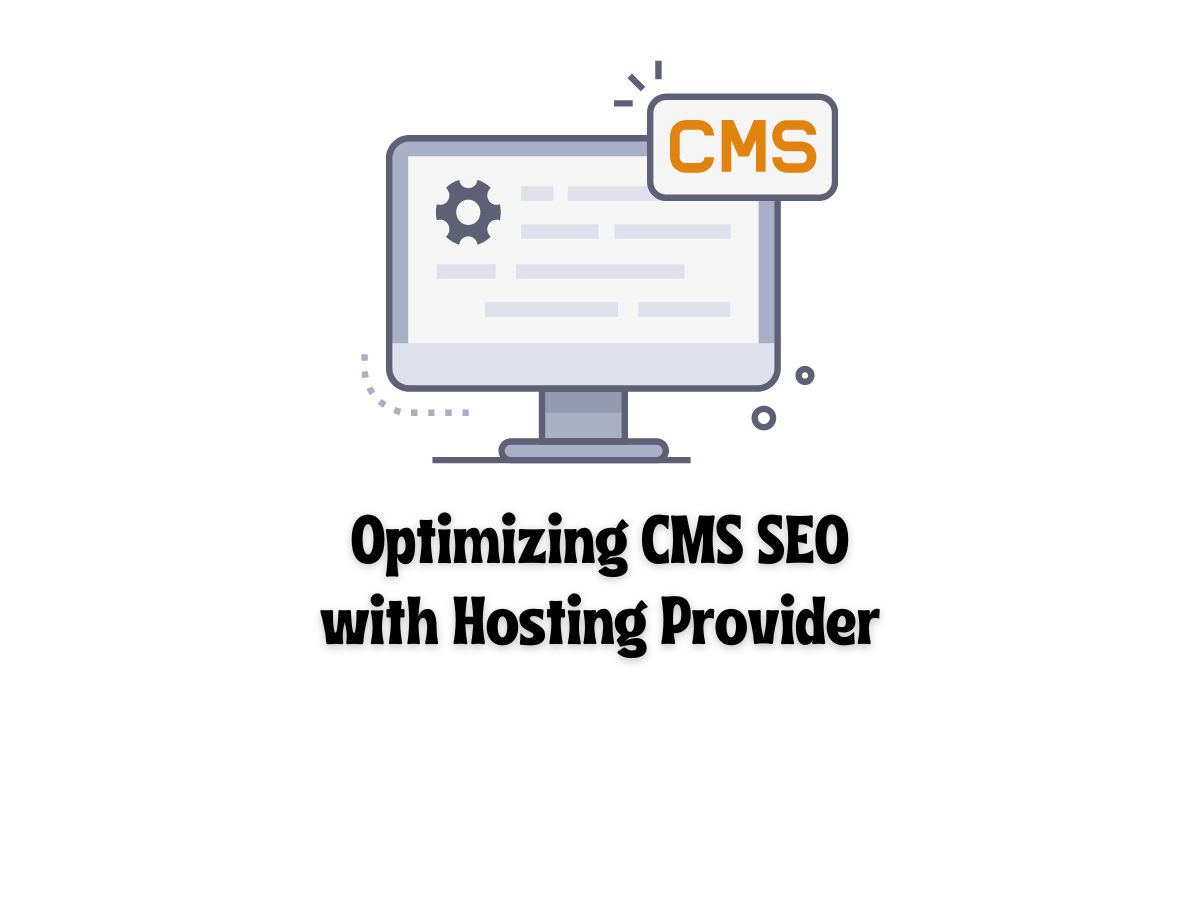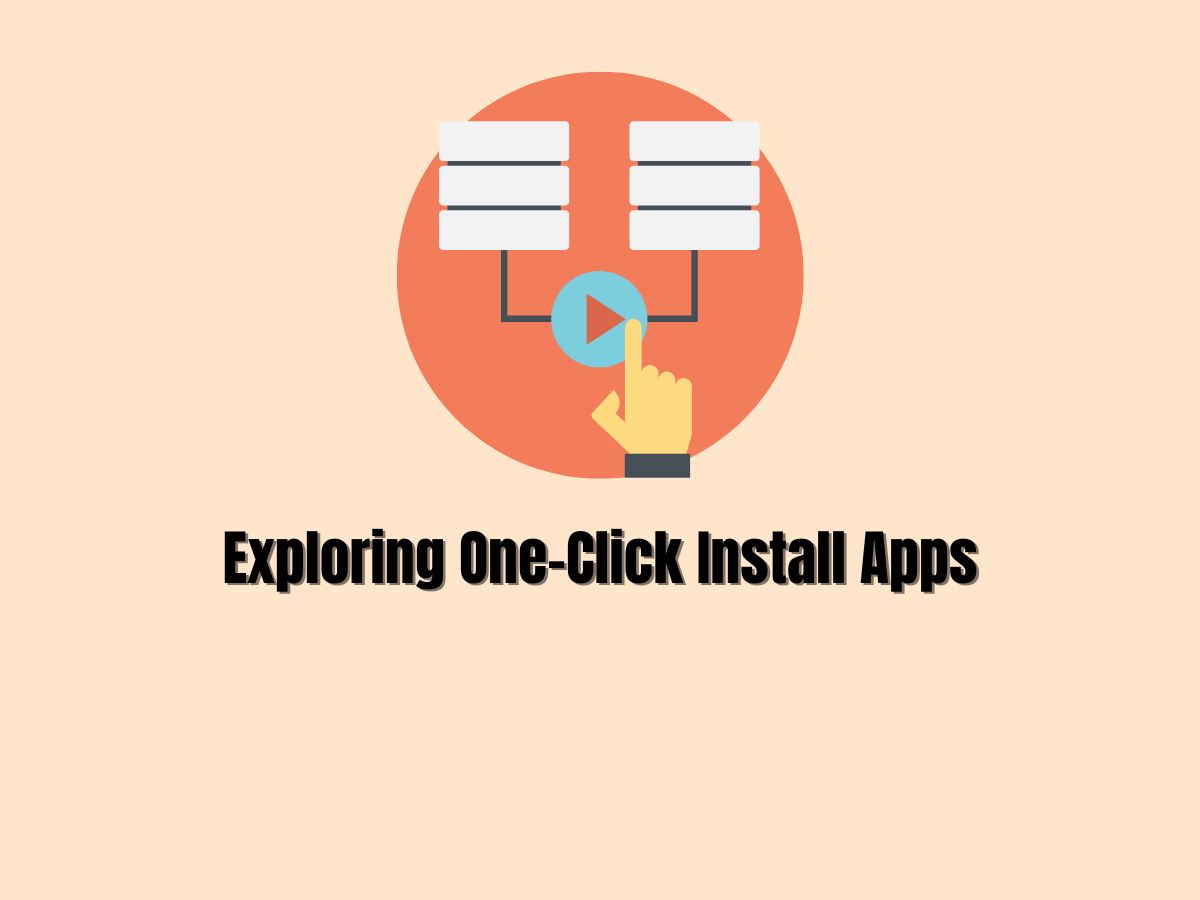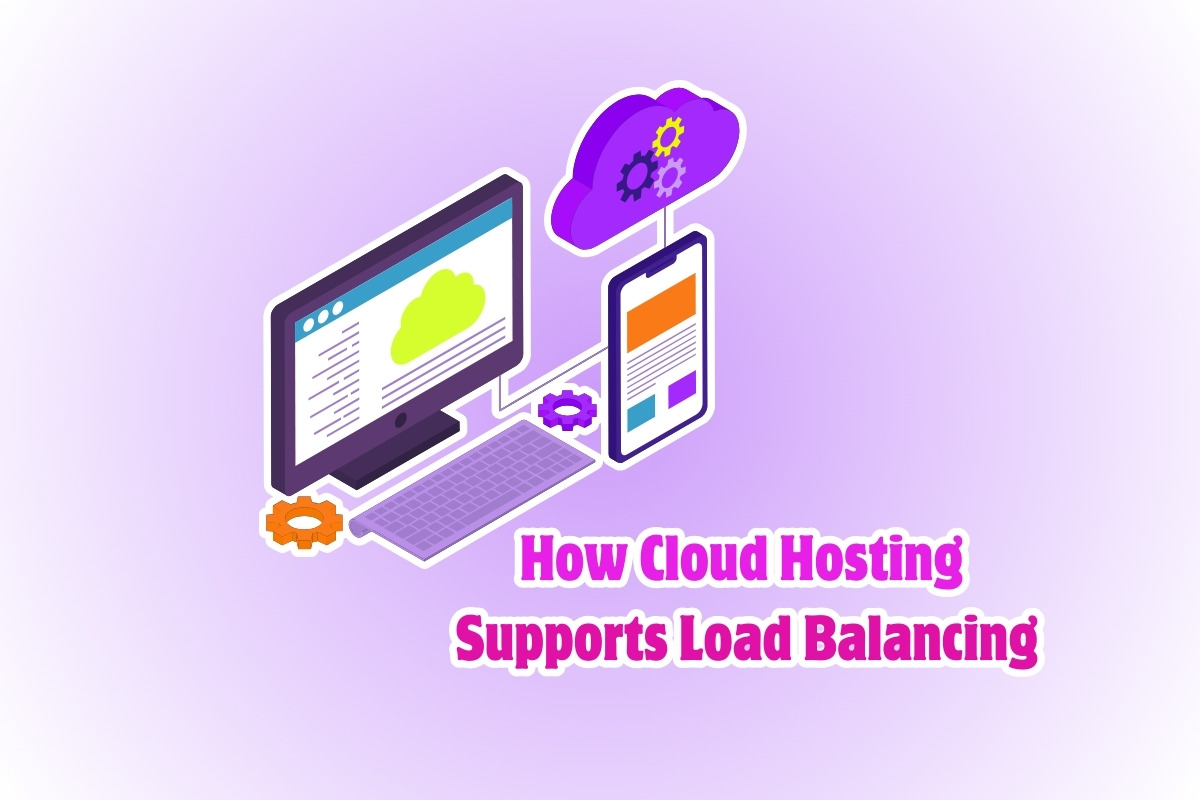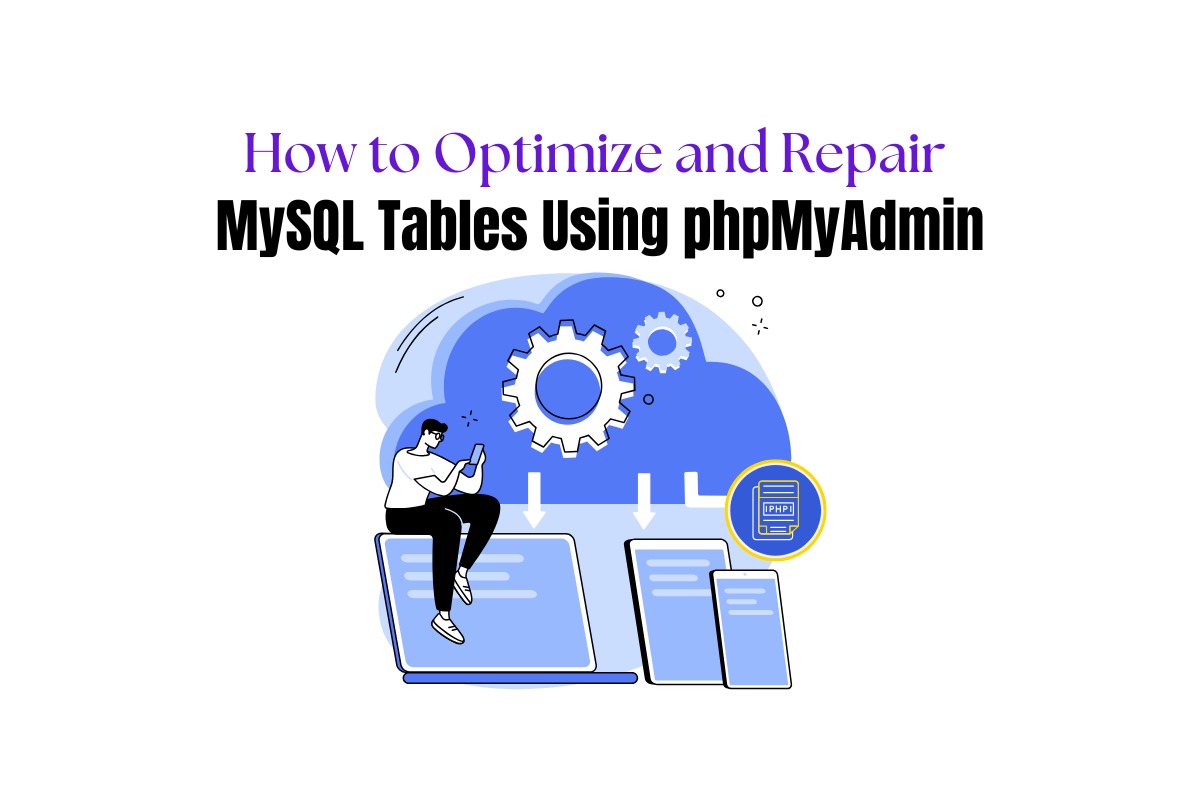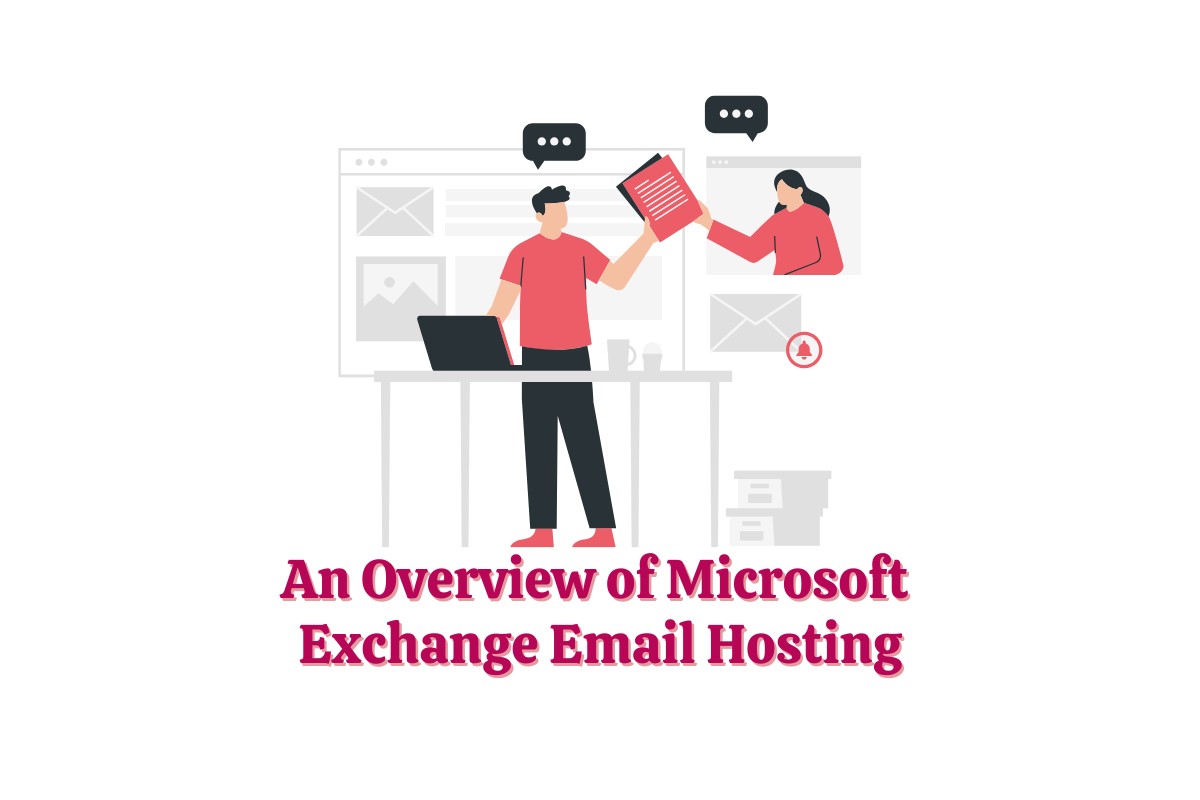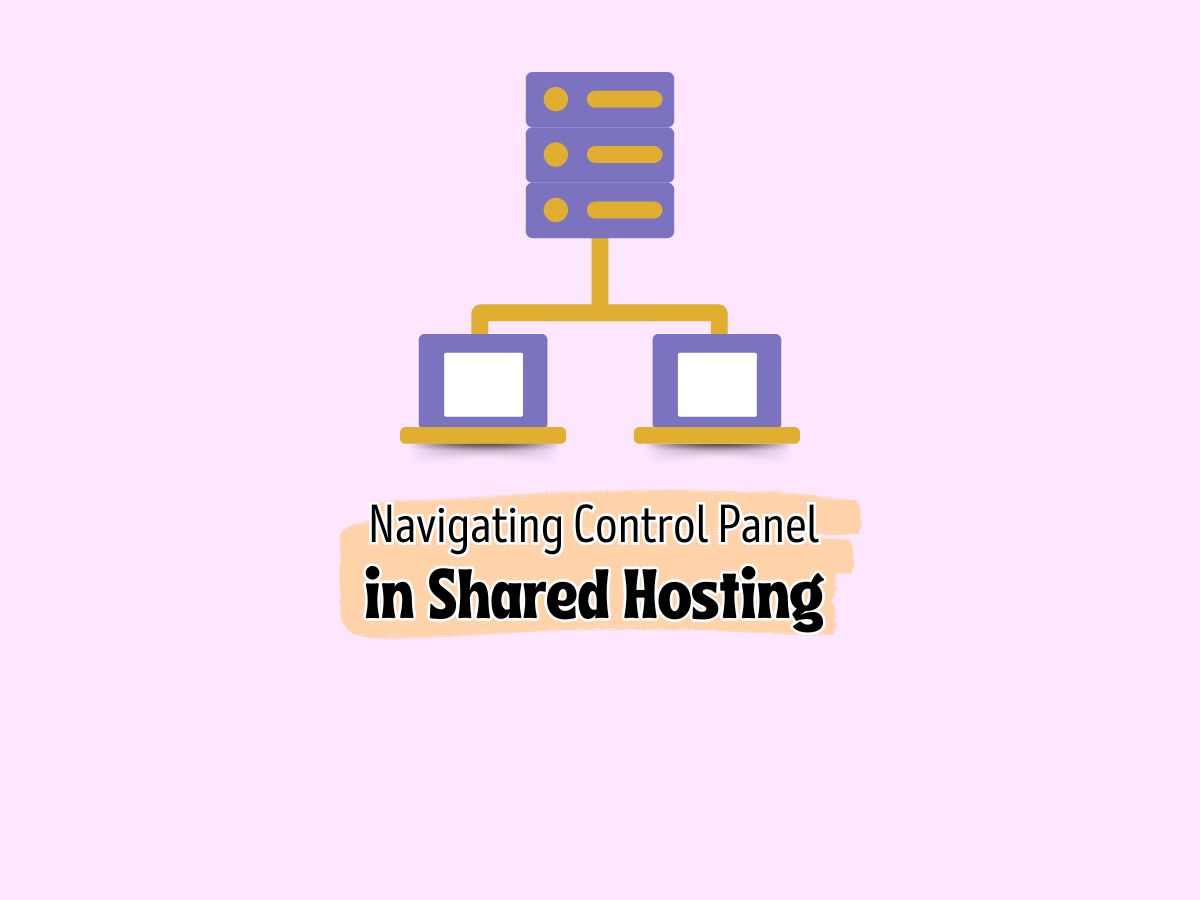
Navigating the Control Panel in Shared Hosting
Shared hosting is a popular choice for individuals and small businesses looking to establish an online presence without the complexities and costs associated with managing a dedicated server. One of the key features of shared hosting is the control panel, which serves as the central hub for managing various aspects of your hosting account. In this article, we’ll explore how to navigate the control panel in shared hosting, highlighting its key functions and tools.
1. Logging In:
Upon signing up for shared hosting, your hosting provider will provide you with login credentials to access the control panel. Typically, you’ll log in using a web browser and entering the provided username and password. Once logged in, you’ll be greeted with the main dashboard, which provides an overview of your hosting account.
2. Managing Domains and Subdomains:
The control panel allows you to manage your domains and subdomains efficiently. You can register new domains, add existing ones to your hosting, and configure settings like DNS, forwarding, and aliases. Additionally, you can create and manage subdomains for organizing and structuring your website content.
3. File Management:
File management is another essential feature of the control panel. Use a built-in file manager or FTP to upload, download, and manage files on your hosting server. This includes uploading website files, creating directories, modifying file permissions, and performing backups of your website files and databases.
4. Email Management:
Shared hosting typically includes email hosting capabilities, allowing you to create and manage email accounts associated with your domain. In the control panel, you can set up email accounts, manage forwarding, autoresponders, and quotas. You can also access webmail to check emails remotely.
5. Database Administration:
If your website requires a database, the control panel provides tools for managing databases efficiently. You can create and configure MySQL or PostgreSQL databases, manage database users and permissions, and access database administration tools such as phpMyAdmin or phpPgAdmin for executing SQL queries and managing database content.
6. Website Analytics:
Many control panels offer website analytics tools that allow you to monitor website traffic, visitor demographics, and other key metrics. These analytics tools provide valuable insights into your website’s performance and help you make informed decisions regarding your online presence and marketing strategies.
7. Security Settings:
Security is paramount in shared hosting environments, and the control panel offers various security settings and tools to protect your website and hosting account. You can manage SSL/TLS certificates, configure firewall rules, enable two-factor authentication for login, and set up automatic security scans and malware detection.
8. Technical Support and Resources:
Lastly, the control panel often includes access to technical support resources such as knowledgebase articles, video tutorials, and support ticket systems. These resources can help you troubleshoot issues, learn how to use specific features, and get assistance from your hosting provider’s support team when needed.
In conclusion, the control panel is a vital component of shared hosting, providing users with a user-friendly interface for managing all aspects of their hosting account. By familiarizing yourself with the control panel’s features and tools, you can effectively manage your website, email, databases, and other hosting resources, ultimately maximizing the value and performance of your shared hosting experience.

